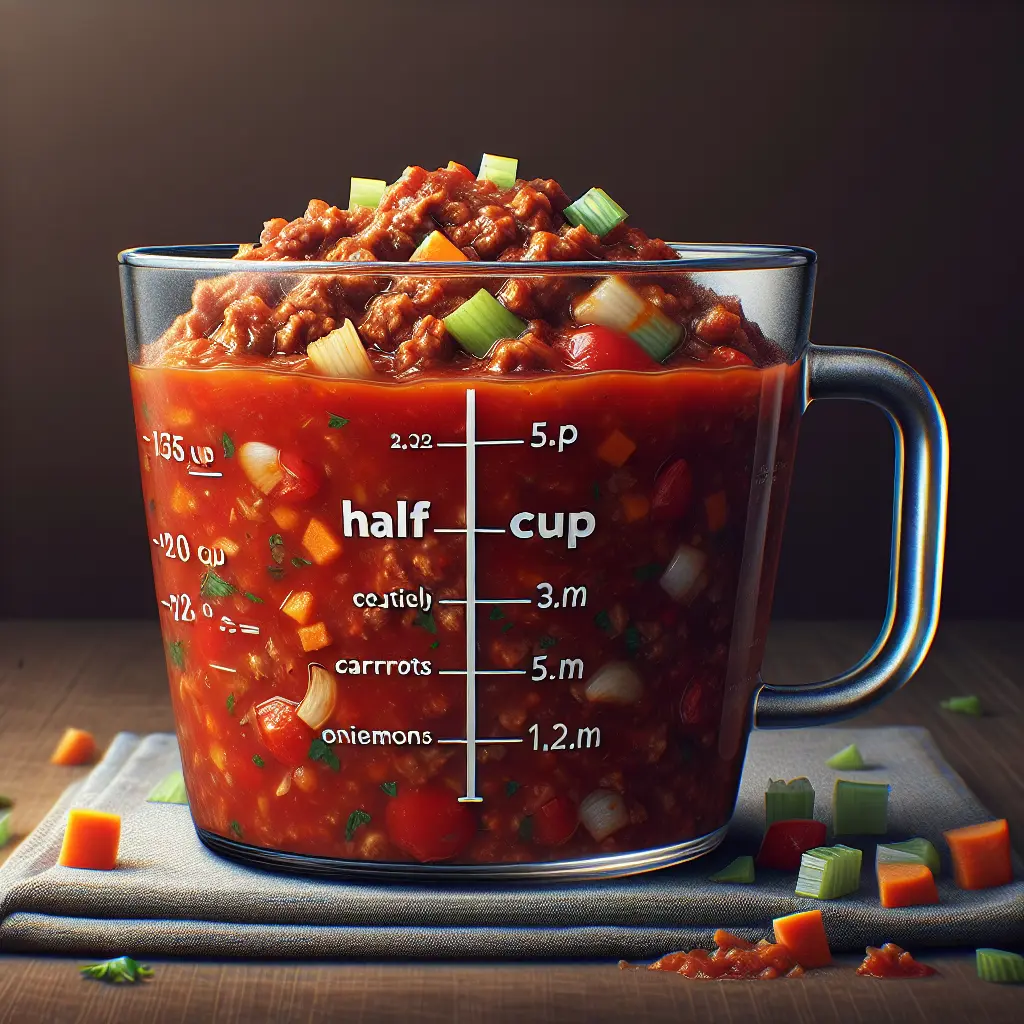A Culinary Masterpiece: Bolognese Sauce
Bolognese sauce, a symphony of flavors hailing from the culinary heart of Italy, has captivated taste buds around the world. This classic sauce, originating from the city of Bologna in the Emilia-Romagna region, is a testament to the region's culinary artistry and passion for food.
Unveiling the Origins of Bolognese Sauce
The history of Bolognese sauce is shrouded in culinary lore and tradition. Its roots can be traced back to the Middle Ages when Italian cooks experimented with slow-simmered meat sauces to accompany their pasta dishes. Over the centuries, the recipe has undergone refinements and evolutions, resulting in the beloved sauce we savor today.
The Essence of Bolognese Sauce: Ingredients and Techniques
At the heart of Bolognese sauce lies a harmonious blend of ingredients:
- Holy Trinity of Vegetables: Finely diced carrots, celery, and onions form the aromatic foundation of the sauce.
- Premium Ground Beef and Pork: A combination of coarsely ground beef and pork adds depth of flavor and richness.
- Pancetta or Guanciale: Cured pork belly provides an umami-rich base and enhances the sauce's savory notes.
- Tomato Purée or Crushed Tomatoes: These provide a vibrant red hue and a touch of acidity to balance the flavors.
- Dry Red Wine: A splash of dry red wine deglazes the pan and imparts a complex flavor profile.
- Milk or Cream: A touch of milk or cream adds subtle creaminess and richness.
The technique for crafting Bolognese sauce is an art form in itself. The meat and vegetables are slowly browned in a large pot, releasing their flavors into the sauce. The red wine is added to deglaze the pan, creating a flavorful base. The tomatoes are then incorporated, and the sauce is simmered for hours, allowing the flavors to meld and deepen.
The Perfect Pairing: Serving Bolognese Sauce
Traditionally, Bolognese sauce is paired with wide, flat pasta noodles such as tagliatelle or pappardelle. The sauce generously coats the pasta, creating a delightful symphony of flavors and textures. It can also be enjoyed as a topping for polenta or as a filling for lasagna or cannelloni.
Embark on Your Culinary Adventure: Tips for Making Bolognese Sauce
- Use high-quality ingredients: The quality of your ingredients will directly impact the final flavor of your sauce.
- Brown the meat and vegetables thoroughly: This step releases essential flavors and creates a rich base for the sauce.
- Simmer for hours: Allow the sauce to simmer for at least 3 hours, or even longer, to develop its full depth of flavor.
- Taste and adjust seasonings: As the sauce simmers, taste and adjust the seasonings as needed to create a balance of flavors.
- Serve immediately or store for later: Bolognese sauce can be enjoyed immediately or stored in the refrigerator for up to 3 days or frozen for up to 3 months.
Whether you're a seasoned chef or a culinary novice, crafting Bolognese sauce is an enriching experience that will undoubtedly leave a lasting impression on your taste buds. Embark on this culinary adventure and discover the timeless flavors of this iconic Italian masterpiece.
How many calories are in Bolognese Sauce?
Each 0.5 cup of Bolognese Sauce contains 156 calories.
Bolognese Sauce Nutritional Information
| Nutrient | Amount per 0.5 cup (120g) |
|---|---|
| Calories | 156 Calories |
| Protein | 11g |
| Fat | 11g |
| Saturated Fat | 3.1g |
| Cholesterol | 0.032mg |
| Carbohydrates | 4.4g |
| Dietary Fiber | 1.2g |
| Sugar | 2.3g |
| Sodium | 0.101mg |
| Potassium | 0.3336mg |
| Calcium | 0.044mg |
| Iron | 0.0013mg |
